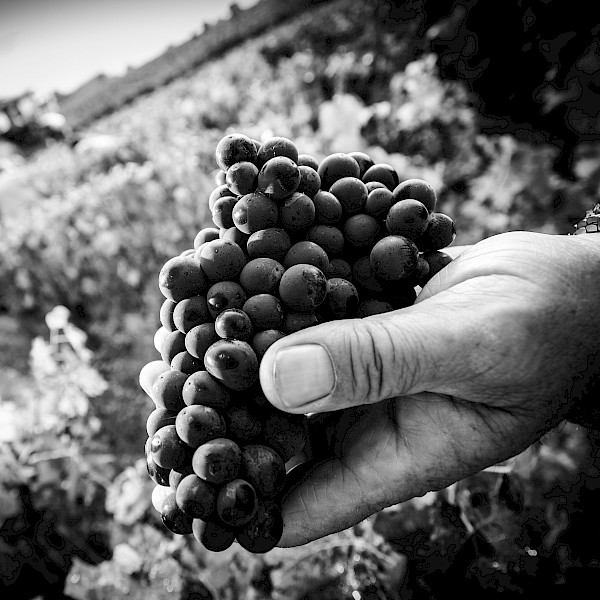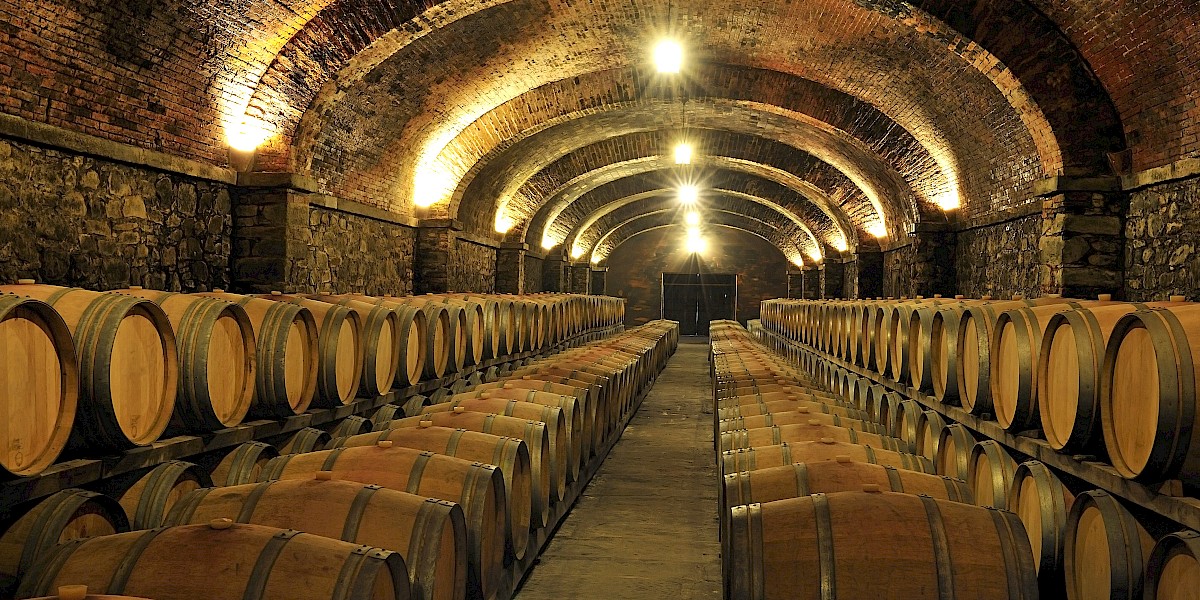Matahiwi Estate
New Zealand
The Winery
After a successful career overseas, Matahiwi founder Alistair Scott moved his family home to New Zealand to (in his case literally) throw down some roots. In 1998, having surveyed all the major winemaking zones - from Malborough to Martinborough - Alistair decided upon the vibrant but lesser known Wairarapa region, located in the southeast corner of the northern island. In the late 1800s, this district had been home to the first Pinot Noir ever planted in NZ, but following prohibition had largely fallen off the enological map. Helping to restore and elevate cool climate Pinot Noir here has, in fact, become incorporate to the estate's raison d'etre: "Matahiwi Estate is proud to be part of that revival and rebirth of winemaking in this special region - hence the totem of the phoenix on our labels.” Hyper-focused on vine management, both enologist Karina Southey and chief winemaker Miles Dinneen remain integral to this process. In the case of Matahiwi’s Pinot Noir, they have helped oversee the planting of no fewer than 8 different clones across 48 hectares, allowing for a remarkably wide range of flavor profiles and a staggered ripening window. While the region's soil is similar to Burgundy’s and therefore well suited to PN, Matahiwi is also well-known for its quintessential Sauvignon Blanc, whose crowd-pleasing style they liken "to Oyster Bay, but a bit more tropical".
The Matahiwi estate's location also tells a huge story: its 75 contiguous hectares are centered around an old riverbed which was lifted up by a massive 8.2 earthquake in 1855. (Mata means "raised" in Maori and hiwi is "plain"). The geological result was a baseline of free-draining gravel topped with light sandy loam - which naturally curbs canopy density and also helps keep disease in check. Located at the northern end of the Ruamahanga River Valley, the vineyard is also sheltered on all sides: it's protected from westerly weather by the tallest part of the snowcapped Tararua Range; a set of coastal hills lying some 35 miles to the east also acts as a buffer; to the north, Mount Bruce mitigates the warm, moisture-laden northerly weather, while a 50-mile degree of separation from the southern coastline lessens the impact of cold winds funneling up the valley… Despite all these natural barriers, wind remains a defining feature here as it does elsewhere in New Zealand – especially in the spring, when it can reduce flowering and lead to moderate yields. In addition, the natural water table is "ridiculously deep" and Matahiwi lies in a rain shadow that sees some of the North Island’s lowest annual rainfall (800–1200 mm per year). Long story short, this cool, dry, semi-maritime clime is ideal for aromatic grape varieties such as Pinot Noir and Sauvignon Blanc. The long, even-keeled ripening period - often without heat spikes - allows for full fruit and developed tannins while still preserving plenty of freshness and acidity.

- Enologist
- Karina Southey
- Grapes Grown by Winery
- Chardonnay, Pinot Gris,Pinot Noir, Sauvignon Blanc
- Vineyard Size
- 75.0 ha
- Winemaker
- Miles Dinneen
- Winemaker Biography
- With their mantra of making friendly, crowd-pleasing wines, owner Alistair Scott and winemaker Miles Dinneen focus all their efforts on showcasing clean, streamlined fruit. While less known overseas, the Wairarapa district is lauded in New Zealand for its cool climate Pinot Noir and whites made in a vibrant, tropical style.
- Winemaker Generation
- 1st
